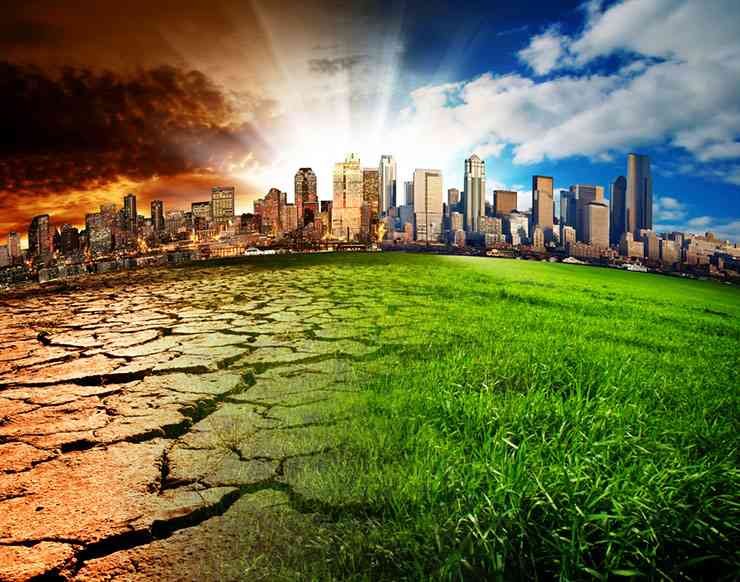Zimbabwe News Update
📅 Published: August 17, 2025
📰 Source: thestandard
Curated by AllZimNews.com
📅 Published: August 17, 2025
📰 Source: thestandard
Curated by AllZimNews.com
For Africa, a continent already grappling with fragile health systems, poverty, and limited infrastructure, this reality is especially alarming.
The connection between climate and disease is rooted in basic ecology.
Pathogens, vectors, and hosts all exist within climate-sensitive systems.
Warmer temperatures accelerate the breeding cycles of disease-carrying insects such as mosquitoes, which transmit malaria, dengue, and Zika virus.
Increased rainfall and flooding create stagnant water pools—perfect breeding grounds for these vectors.
At the same time, droughts push populations into unsafe water sources, increasing the risk of waterborne illnesses like cholera and typhoid.
In Africa, this link is particularly visible.
Malaria, which already kills hundreds of thousands annually—mostly children under five—is predicted to spread to highland areas once considered safe because cooler temperatures are giving way to warmer conditions.
Cholera outbreaks have become more frequent in flood-prone countries like Mozambique and Malawi.
Heat waves and prolonged dry spells, now more common in the Sahel and southern Africa, weaken immune systems and increase malnutrition rates, making populations more susceptible to diseases.
While climate change affects every continent, Africa faces a disproportionate burden for several reasons.
First, much of the continent lies within tropical and subtropical zones where infectious diseases are already endemic. 🔗
” style=”color: #007bff;”>admin@allzimnews. com.
📖 Continue Reading
This is a preview of the full article. To read the complete story, click the button below to visit thestandard.
🔗 Read Full Article on thestandard
AllZimNews aggregates content from various trusted sources to keep you informed.
📰 Source:
thestandard
Aggregated by AllZimNews – Your trusted source for Zimbabwe news
